Working with Film Industry Crew as a Sound Designer
As a Sound Designer in the Film industry, you can sometimes feel a bit distant to everyone else, especially if you work from home or a studio. Even though film production is an incredibly collaborative process, the post-production team are often left out of important conversations about things happening on set, when they do tend to concern us. In this blog, I'm going to lay out the most important connections to make with your fellow film crew, and why talking to them can make your job easier.
DIRECTOR
This is of course the most obvious connection you need to have as a Sound Designer. If everyone, including you, were to take entirely their own creative approach to their work on a film, it would be a pretty messy outcome. This is why understanding the directors vision is essential, as it's the same vision they had when directing the cinematographer with the visuals, the production designer with their set, and the editor with the styling of the cut. At Syren Studios, sometimes we work with directors who know exactly what they want down to each scene, and sometimes we work with directors who would prefer us to create the design in the way we feel is best and they give their feedback later in the process. The most useful approach is probably in between these two, but to be honest it's a good idea to be open to either process, so that you are easy to work with and the whole post-production moves along smoother.
A great idea to gauge what the director has in mind is to ask for one or two references to their film. Everybody's work is inspired by something, so by looking at their inspirations it will give you a better insight into their creative vision. Something we always do at Syren Studios is come up with a few different examples of creative approaches towards the film from the first script read or picture lock and pitch these to the director to see what they vibe with the most. Even if it's a director that isn't 100% sure and wants to give you full control over the sound, there is no point in starting a project with a really prominent and creatively driven sound design when they were actually after something a bit more subtle, or vice-versa.
EDITOR
I think people always underestimate how essential a conversation between a Sound Designer and an Film Editor is. You might have a file type that works best for you but the editor isn't necessarily going to know this. You'll also want to know what software they're using, for example, at Syren we always use embedded AAFs and import them into Pro Tools; we’ve found that these work best from Avid, fine from Premiere Pro, but not so well from Davinci Resolve. This is a conversation that's really important to have from the get go, so that you don't end up with an AAF or OMF file that you can't use, or a file where the Dialogue isn't even synced up (it's happens more often than you’d think...).
Also, please ask your editors not to send huge video files! There is absolutely no need for us Sound Designers to have the highest res video file as it takes up loads of space in our sessions and on our drives and we can still see what's happening perfectly well with a low-res export. As long as we’re not talking three pixels, then our ears will do the rest. All these things are so important to make everything as easy as possible for you to begin your Sound Editing.
Lastly, I want to mention that you shouldn't underestimate editors and their creative input. I mean, yes, we do delete all their volume automation and placeholder sound effects, but they have most likely been working on the project for a while and plenty of ideas will have had the time to brew in their minds, including what might sound good. Editors have to have a very similar method of working when it comes to a good balance of technicality and creativity, so the likelihood is they can get their points across to you exactly how you would understand them best.
COMPOSER
A short and sweet section: whilst the director does direct the composer, both you and them are the post-sound team and a back and forth on what approach they're going for and what creative notes they have received from the director will give you a really good idea for the tone of the film, especially as the score is often done before the edit is even finished.
LOCATION SOUND RECORDIST
A good relationship with the Location Sound Recordist / Production Sound Mixer is another key connection to have, especially if you have read the script and feel that there will be a need for pick-ups. For example, if you have a line in the script a bit like this:
Character A:
I'm so sorr-
Character B:
(Interrupts)
-No!
Does the location sound recordist have a good clean cover of both these lines?
What if there is a change of shot in the edit?
You'll need a Wild Track of this interrupted line and the interrupting line so that you have the freedom to make it sound as clear as possible. The same goes for wide shots if there is no good Lav Mic recording, or if a character shouts suddenly and there is a peak with distortion. Doing pick-ups on set can save a lot of money in ADR (note: a good way to improve your relationship with your Producer) so have these conversations with the on set recordist before they get onto set.



